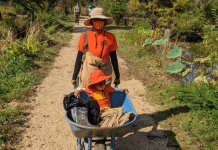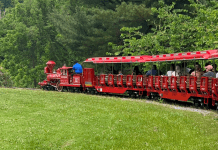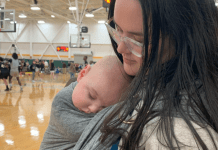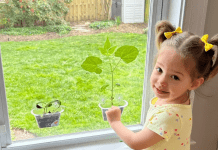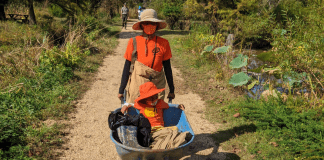Despite living in a diverse area in Northern Virginia, it’s all too easy to live segregated lives. As a middle-class white woman, I grew up distant from the issues people of color face and therefore I was often very fearful of saying the wrong thing and accidentally offending someone. So, if you would have told me just a few years ago I’d be writing a blog about race, I’d have been terrified.

You may be wondering what changed for me. In a nutshell, I had enough of my own ignorance on these issues so I began seeking out friendships with people of color, listening to minority leaders, reading books, etc. and I started learning that the America I’ve experienced is not the same America that many people of color experience. My heart broke at the roadblocks and hate that they still face daily in this country, that I will never experience because I am white. When I changed my perspective from being afraid of offending to humbly listening in order to understand, I no longer had an excuse for my silence.
Our Children, Our Responsibility
Gaping holes in my education, fear, and an incomplete worldview were just a few of the things that made it all too easy for me to be, at best, distant from and, at worst, blissfully unaware of the reality of racism and systemic injustice against minorities until I was in my late 20s. Had I not sought it out, I’d likely still be ignorant to the realities of so many in my community today. And this is why, as a white mother, I feel a responsibility to do better for my children.
 I have so much more to learn, but because racism still exists I will teach my children about its reality. This is an important conversation, politics aside, because it’s about loving our neighbors. So as a white mother to white children, I want to share where I have begun intentionally engaging my kids about race. In this post, I will brush the surface of the mindset shift that’s necessary and in a later post, I will get more practical in specific ways to engage our children on this.
I have so much more to learn, but because racism still exists I will teach my children about its reality. This is an important conversation, politics aside, because it’s about loving our neighbors. So as a white mother to white children, I want to share where I have begun intentionally engaging my kids about race. In this post, I will brush the surface of the mindset shift that’s necessary and in a later post, I will get more practical in specific ways to engage our children on this.Intentionally Lead
When your child notices that someone looks different than them, how you respond can have lasting effects. If you ignore or hush them, they will learn not to ask questions and will be left making their own assumptions about race. Or worse, they may fear to interact with people who look different than them. So you can start having those conversations with your child first by respectfully pointing out and celebrating differences.
 Don’t Be Color Blind
Don’t Be Color Blind
Being color blind does more harm than good by communicating to minorities (however unintentionally) that their skin and unique experiences shouldn’t matter. But the truth is they matter immensely and have played a major role in making them who they are. Celebrate the beauty of all the different colors with your children. One easy way to launch those conversations is to read books both about diversity and where people of color are the main characters (see below).
Understand Experiences
Begin talking to your children about how skin color affects our experiences. Understanding what minorities have had to face will better equip them to be a force for good and change. If this is something you want to better understand, please read some of the resources listed below.
Diversify your Community
Think about the people at your child’s school or sports teams, in your church, or in your neighborhood. Does everyone look the same? While we may not intend to live segregated lives, that is often the reality. Can you make a different choice for the sake of having a multi-ethnic community?

Intentionally building friendships with those that look different will help us to empathize with their experiences. Be an attentive and unassuming listener. Ask good questions so that you can understand what makes them who they are. Then share new experiences and build meaningful friendships.
Differences can be uncomfortable, but it’s important to push through that feeling, that’s how we will grow and how our children will learn from our example.
If you’d like to read more, stay tuned over on my personal blog for an upcoming series on this topic, in the meantime check out the links I’ve included below.
Recommended Resources
Multiethnic Children’s Books


